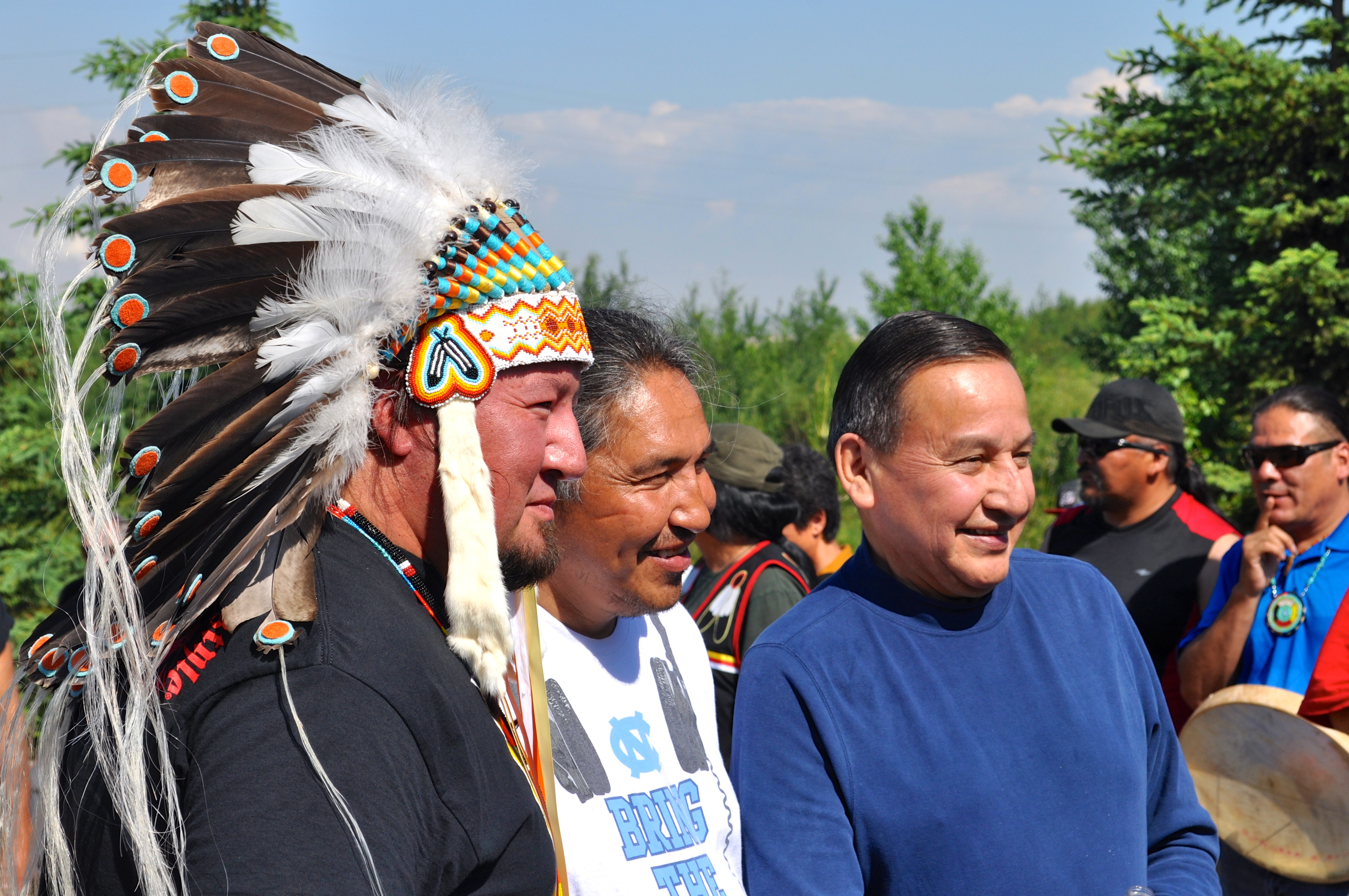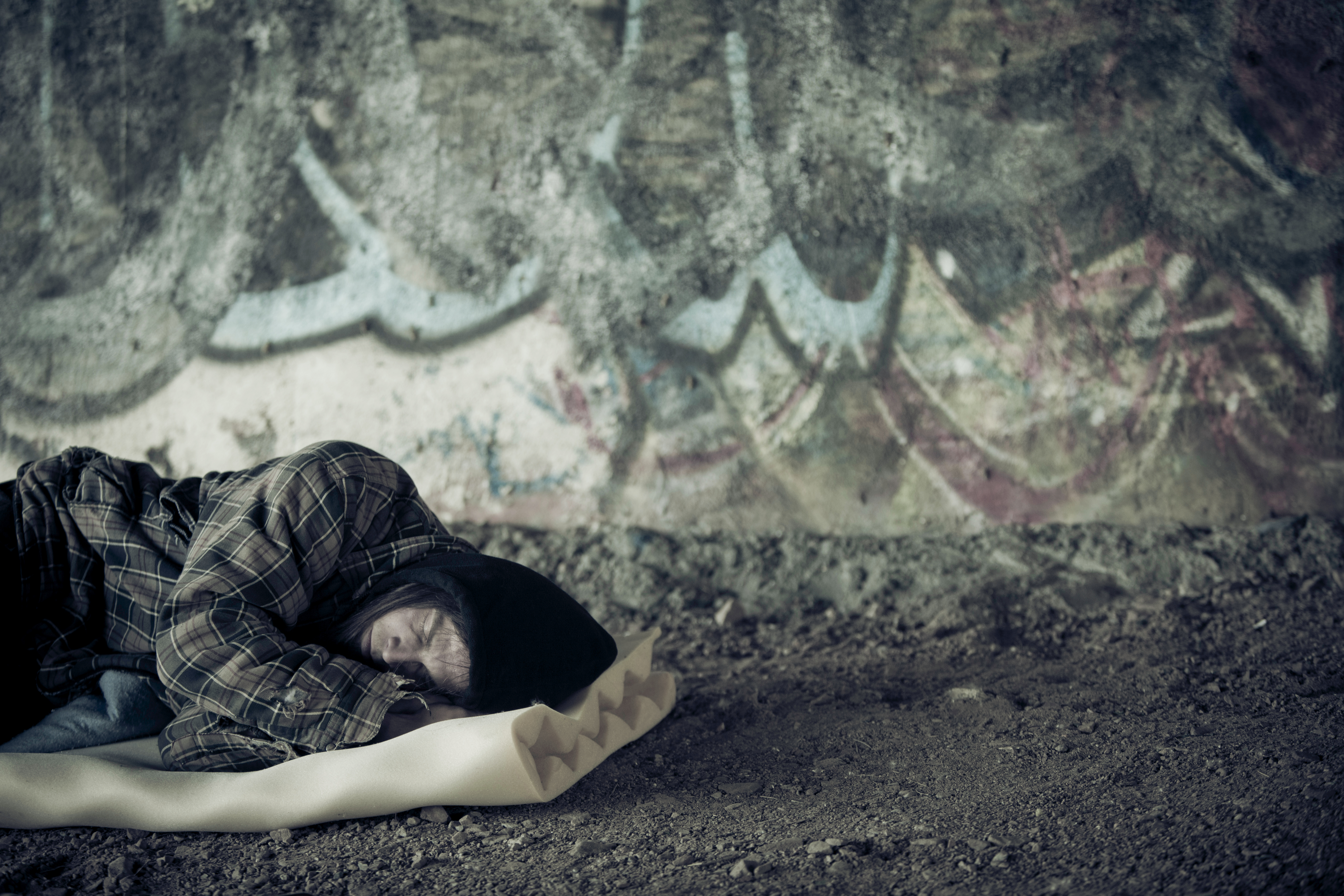In the Wake of Development: Breaking the Pattern of Displacement
It is no surprise that the standard development model in the United States is deeply flawed. The narrow maximization of economic profit that drives much development often results in the broad diminishment of human, environmental, and aesthetic values. This pattern of extracting value from people and the land is not new; even ancient Rome was known to have slumlords. Yet, there is a distinctly American version of development fueled by the myth of the frontier, migration, real-estate speculation, and creative building technologies that have all converged into a wildly efficient extractive development model, which is not a good long-term strategy for anyone, and often results in the displacement of people who live in the development sites. It does not have to be this way.
The area around Seattle’s First Hill neighborhood illustrates this extractive model in a particular context. For the past year, a team led by the Institute and including many community partners has been working to create a Living Community vision for the neighborhood. This vision reverses the trend of degradation and displacement and creates a people-centered model that adds value to the many ecosystem services that are vital to building healthy, resilient and inclusive communities. Through this process, we have found that there are various opportunities to realize environmental and social equity goals using the Living Community Challenge as a framework. The lessons learned through the work in Seattle are not unique to this place and can be replicated elsewhere in support of truly sustainable communities around the globe.
A LEGACY OF DISPLACEMENT
Shortly after landing in the present day Pioneer Square neighborhood of Seattle, early settlers set up a sawmill to process the lumber dragged down the densely forested hills. The first of the hills to be logged, First Hill, became the premier high-end residential neighborhood in the burgeoning city. Just south of this hill was the path used to drag the logs to the mill, which became known as “Skid Road” and is now known as Yesler Way. In the mid-1800s, Seattle was a remote outpost, and along its skid road grew public houses, hotels, places of worship, businesses of all varieties, and even the City Hall—all catering to the swelling numbers of loggers, trappers, and families that were enticed by the opportunity in the region. This neighborhood became a dense and vibrant settlement with people from a variety of backgrounds living and working together. By the early 20th century, the people native to the place had largely been forced off of their land and into reservations, though the Duwamish people continued to use the tidal flats of Elliot Bay as their traditional fishing and gathering grounds. In 1901, the hill under Skid Road was substantially regraded, by as much as 85 feet in some places, to allow for infrastructure development. This regrade displaced many of the people who had built their lives along the road. It also filled in the tidal flats of the bay, a fatal blow to the way of life for the remainder of the Duwamish who were subsisting on this land.
The regrading of Seattle destabilized and displaced people while dramatically altering the land as well. Newly regraded land slid, resulting in decreased land values immediately above and below the slides while land values increased in the flatter areas with newly installed municipal infrastructure. One such area that lost market value due to these slides was later developed as Washington State’s first public housing development, known as Yesler Terrace. Since its inception, Yesler Terrace has been a place where low-income and working-class people from a variety of backgrounds could find affordable housing. Different resident groups have moved in and out of the Yesler Terrace community over the years, but it remains diverse and vibrant to this day.
PRESENT-DAY GROWTH
Development pressures again threaten to displace people who have called the area home. Builders and developers are buying property in the First Hill neighborhood at an alarming rate, replacing housing long filled by people of color and people with low incomes with new, prohibitively expensive development. Yesler Terrace itself is in the midst of a major redesign, which is intended to transform the site into a mixed-use and mixed-income neighborhood while expanding the number of affordable units on site.
In previous eras of development in the community, people without political power and voice were repeatedly displaced as the city grew and changed. As the neighborhood again faces what appears to be another significant period of redevelopment, it is crucially important to avoid the pitfalls of injustice, displacement, and ecological destruction that have been the pattern thus far.
A VISION FOR VALUE-DRIVEN DEVELOPMENT
The Living Community Challenge offers ideas to break this pattern. In Seattle, we have worked alongside community leaders to apply this framework to achieve regenerative, resilient communities. Below are the highlights of these ideas presented according to the structure of the Challenge. A full selection of the equity implications of this Living Community vision can be found in the recently released report Toward a Living Community: A Vision for Seattle’s First Hill and Central District (Nov 2015).
FOOD
The vision calls for significant food production in the right-of-way, parks, institutional campuses, private lots, and rooftops to produce an estimated 2.7 million pounds of food, enough to feed more than 1,800 people per year.
THE FACTS:
- Access to fresh, healthy food is often worst in areas of low-income residents.
- There is only one grocery store that sells fresh food within the community boundaries.
- Wild and cultivated edible plants provide essential beauty and greenery while giving people a means to provide for themselves and their families.
- This vision creates job opportunities for cultivation, harvest, preparation, storage, and distribution of locally grown produce.
- Opportunities abound to distribute food that is harvested in the community and provide greater food security for the benefit of the entire City.
ACCESS + MOBILITY
The vision calls for a radical repurposing of the right-of-way to include more space for people, food production, water collection and infiltration, energy generation, green space, and habitat, and less land for large, single occupancy vehicle circulation and storage.
THE FACTS:
- Traffic fatalities disproportionately impact pedestrians and cyclists, especially vulnerable users and minorities.
- Streets are paid for by all of society but produce disproportionate benefits for vehicle owners and operators.
- On-street parking subsidizes vehicular ownership by reducing or eliminating the cost to store a vehicle.
- Streets are the largest portion of publicly owned land in the city and should be designed to meet the needs of all people, not just car owners/users.
WATER
The vision calls for a net positive water management approach that prioritizes equitable and resilient water provision and treatment. These systems help the City prepare for emergency events. Net positive water systems can also provide basic sanitary and potable water to those most in need; new community rainwater collection and filtration kiosks could provide clean drinking water to anyone who needs access to a safe water source at that moment. As the number of people experiencing homelessness in Seattle continues to increase, it is essential that our community infrastructure is designed for all.
THE FACTS:
- The State of Washington experienced a statewide drought emergency in 2015, and preparations are now underway for a second year of drought as record low snowpack is forecast in 2016.
- Recent events in California and Detroit demonstrate that climate change and failing municipal infrastructure disproportionately impact minorities and people with low incomes.
- An interconnected web of decentralized systems supports community resiliency since they cannot be shut off or taken down by a single event, such as extreme weather or natural disaster.
- Decentralized water infrastructure can act as a neighborhood amenity, providing open space to areas with little access.
- A net positive water model allows individuals and communities to freely access those resources that come naturally to their site. As technology develops, costs for potable filtration and black water processing continue to decrease.
- Since they do not require construction and maintenance of extensive pipe networks, which are essential components of larger centralized systems, net positive water services can be extended more easily to various housing options.
ENERGY
The vision calls for a net positive energy model implemented over the next decade through building code updates, collective purchase agreements, and renewable energy generation on most rooftops. Net positive and net zero energy buildings provide significant opportunities to reduce or eliminate energy bills, which can aid in affordability for low-income residents. They also serve the greater good by acting as a network of safe locations for people to shelter in times of service disruption and emergency.
THE FACTS:
- A net positive energy model reduces the negative impacts and externalities such as heavy transmission lines and distribution stations, which tend to be located in low-income neighborhoods.
- Renewably generated energy does not need to be tied to the grid. This provides an opportunity to extend energy service to populations in need without heavy infrastructure investment.
- A distributed energy system is more resilient, which most benefits those who cannot leave the neighborhood in an emergency event.
BIOPHILIC NEIGHBORHOODS
The vision calls for more equitable distribution of nature and natual systems throughout the community. Simply by converting excess street width to habitat corridors we can provide more access to open spaces and natural systems.
THE FACTS:
- The least wealthy are often the least mobile. Many within this area (and the surrounding city) lack the means to leave their neighborhood and thus to enjoy the benefits of nature. Bringing nature to the city and this community helps to restore this balance.
- The natural world is beautiful. Distributing nature throughout the neighborhood makes the city more beautiful for all people.
- Nature provides the benefits of quiet and clean air, which are often critically needed in low-income communities.
The broken development model of maximizing economic profit at the expense creating real value is not inevitable. In communities around the globe, the Living Community Challenge offers a framework for achieving value-driven development. The work in First Hill demonstrates that it is possible to leverage development to provide for people and the land rather than to merely displace and degrade.
In Seattle, the Institute will continue our work to expand our vision and methodology into surrounding neighborhoods and develop replicable models for Living Communities. Wherever we call home, we can all support a new era of development that encourages holistic growth and resiliency. The lessons learned in Seattle can be tailored to many development contexts in order to build highly valued, thriving places for all.
“The broken development model of maximizing economic profit at the expense creating real value is not inevitable.”
Yesler Terrace Rendering by Adam Amrhein



